Tag: Respiratory
-
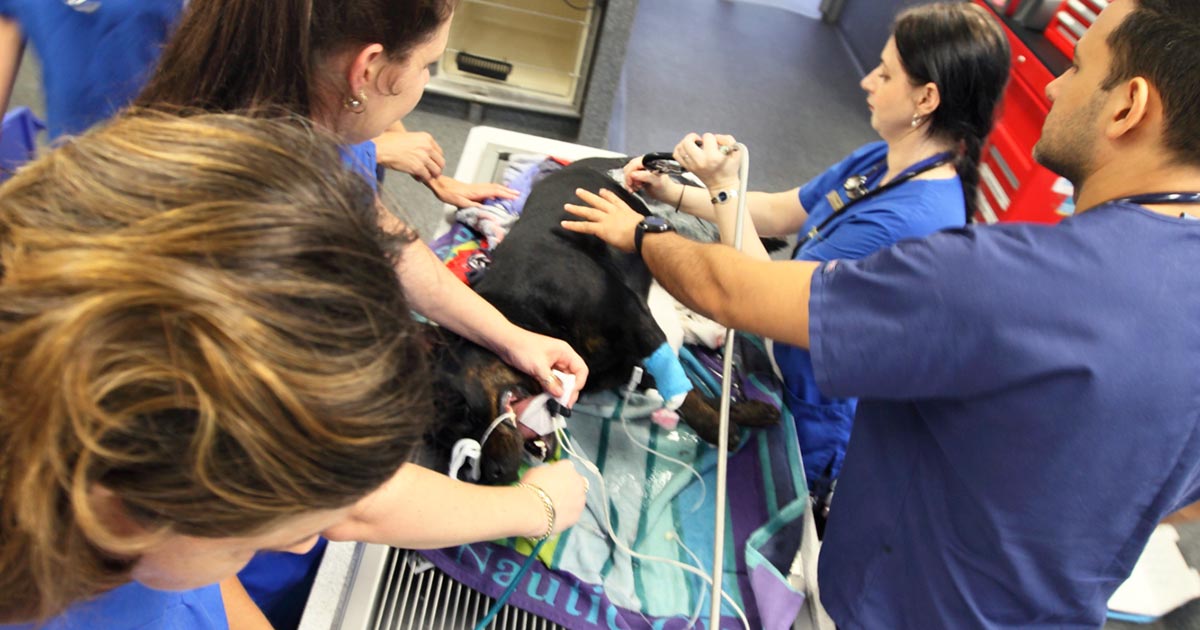
Triage, pt 2: secondary survey
—
by
Secondary survey refers to the detailed physical examination performed after the primary survey, and should only be performed once the patient has been adequately stabilised. It is always important to perform physical examinations systematically to avoid overlooking organ systems. This could be difficult in a stressful emergency situation, so one way to remind yourself is…
-
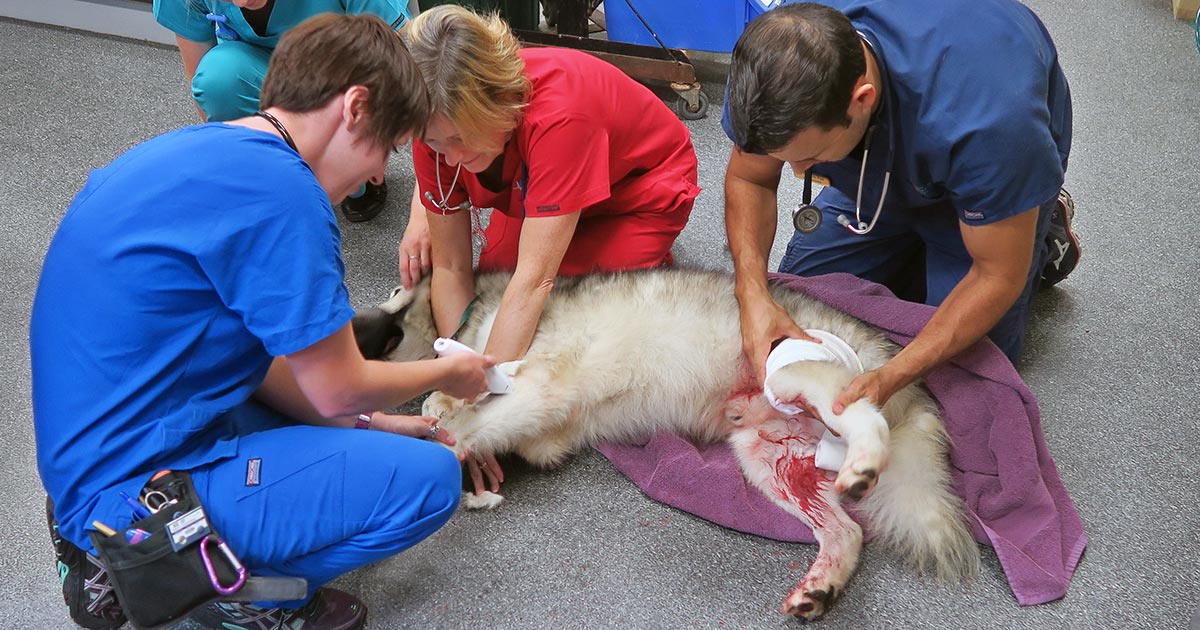
Triage, pt 1: primary survey
—
by
The art of triage takes time to master – particularly in emergency hospitals, where critical patients arrive in quick succession to the crash area. Patients need to be examined quickly and effectively to ensure the most critical issues are identified and stabilised. To do this, I break triage into two categories – primary survey and…
-
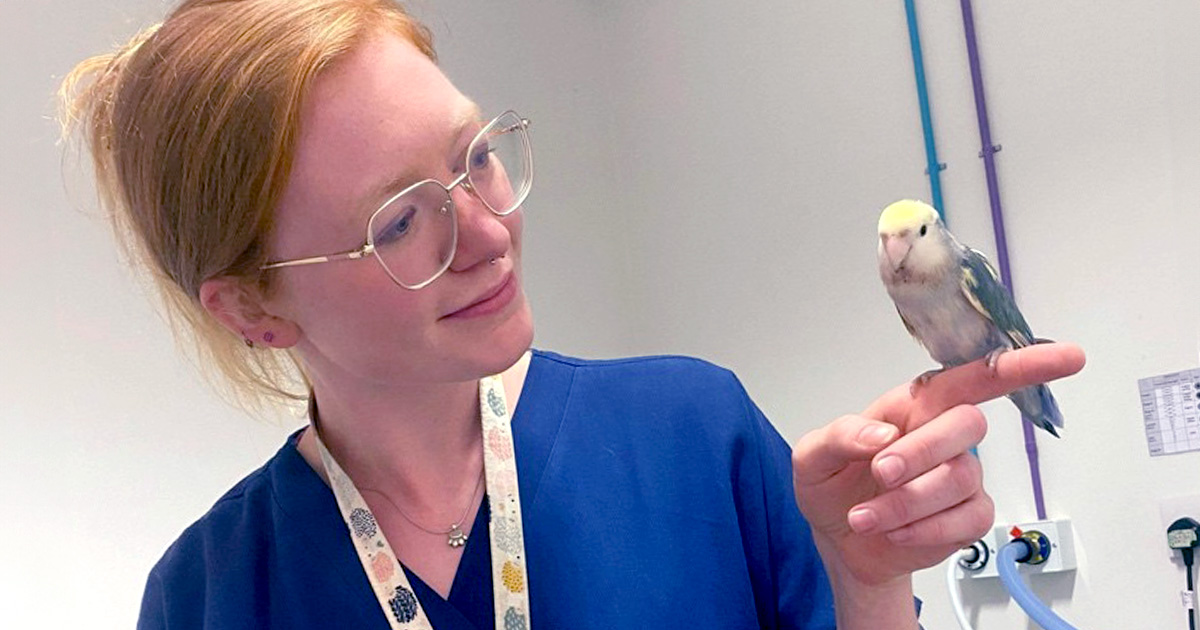
Avian anaesthesia
—
by
Did you hear about the grumpy owl with an upset stomach? He had irritable owl syndrome… Birds are a case of fight-or-flight (almost literally) for staff in the veterinary practice, especially when it comes to anaesthesia. Many will avoid due to a lack of experience, uncertainty, or a fear of the patient’s delicate nature, yet…
-

Induced vomiting from the nurse’s perspective
—
by
New RVN author Dale Gillies starts off her Vet Times blogging career with a tasteful little piece about the best ways to make a dog revisit its last meal…
-

Oh, CR*P! Using point-of-care C-reactive protein tests
—
by
Few companies now offer affordable point-of-care tests for canine C-reactive protein (CRP). As we did when we recently received our new box of CRP slides, you might soon be asking the question: what do we even do with this stuff? Here’s what we’ve learnt… CRP is one of the acute phase proteins produced by the…
-
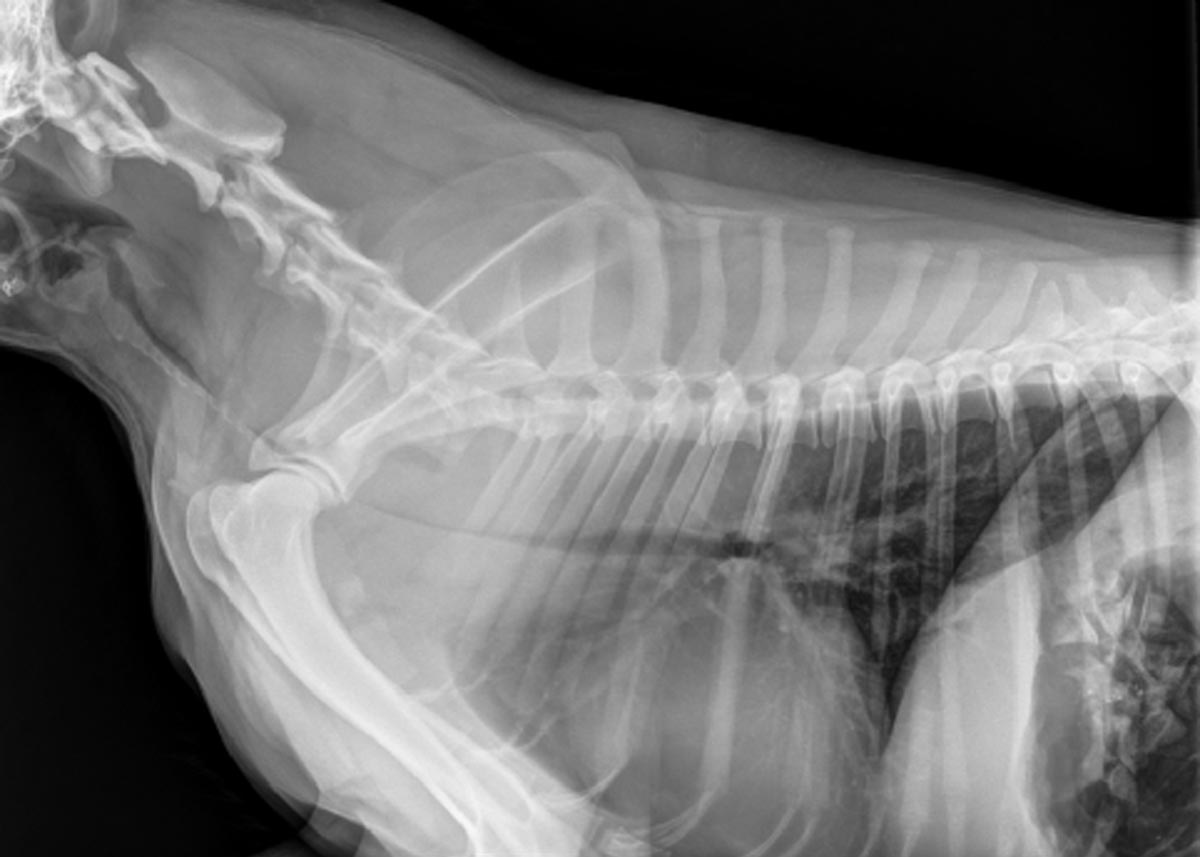
Rat bait’s sneaky trick: bleeding into the dorsal tracheal membrane
—
by
Most of us are familiar with anticoagulant rodenticide toxicosis and the range of clinical signs it can present with, but there is one potentially fatal manifestation of coagulation pathology that is perhaps not as widely known… Dogs with severe clotting problems will occasionally bleed into the dorsal tracheal membrane. This causes collapse of the thoracic…
-
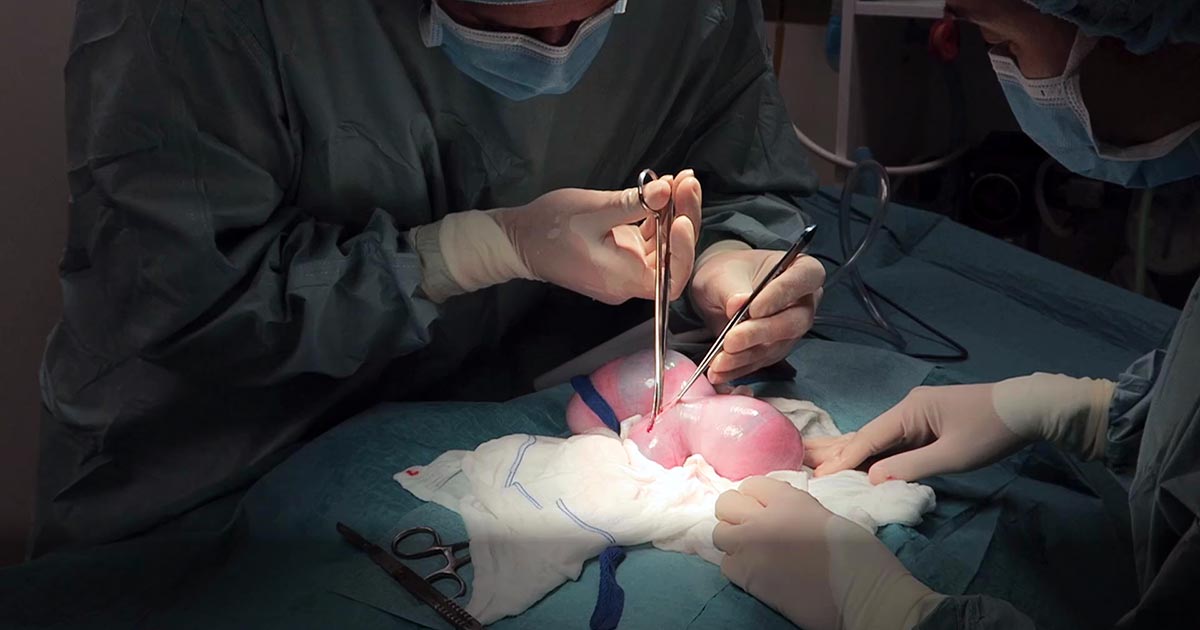
Dystocia, pt 4: caesarean tips
—
by
Prolonged hypoxaemia, hypotension and hypoventilation are the top three causes of periparturient fetal mortality – for these reasons, all precautions must be taken to avoid it. As soon as authorisation has been obtained to proceed with a caesarean section, the patient should be stabilised immediately. This includes having perioperative blood work performed, and clinical hypoperfusion…
-

Systemic antibiotics – a brief guide for new grads
—
by
A lot of information is available regarding different antibiotics and, for the newest generation of vets, the pressure to use them correctly and responsibly is greater than ever. One of main challenges when you start clinical practice is knowing the most appropriate antibiotic for common presenting conditions. Below is a rough guide for antibiotic selection according to body…
-
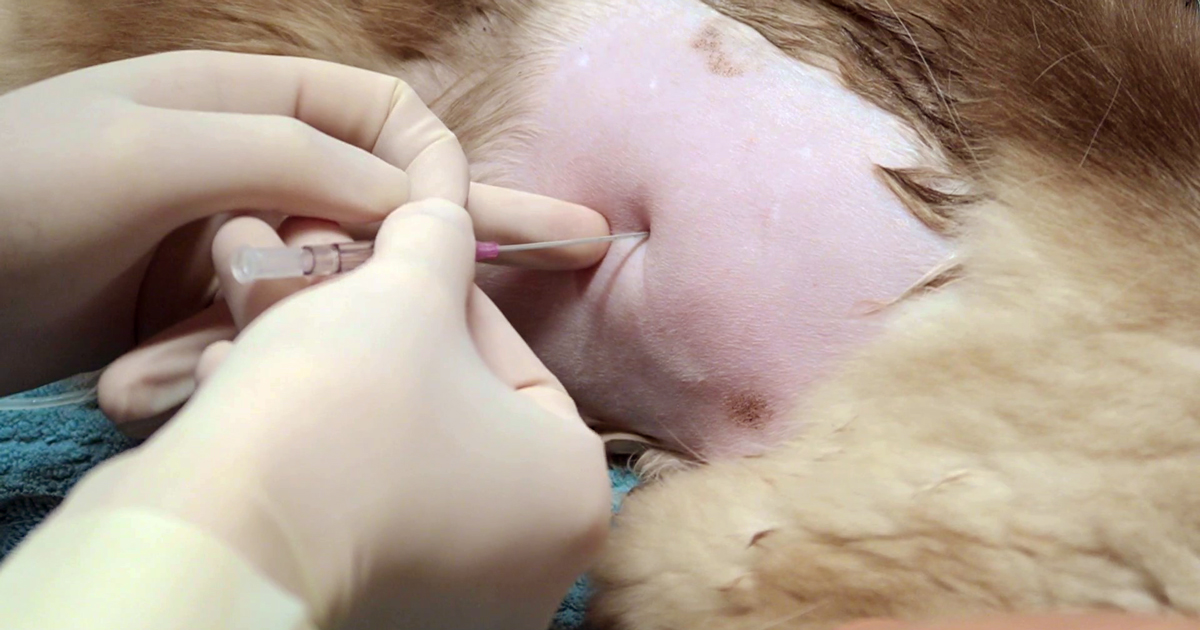
Thoracentesis, part 1: indications, equipment and protocol
—
by
Thoracentesis is a relatively straightforward and life-saving technique for seriously dyspnoeic animals with pleural space disease, and is a valuable diagnostic tool. Here are my tips for getting the most out of your approach to performing a thoracentesis. Indications Therapeutic – relieve respiratory distress caused by pleural effusions and pneumothorax. Diagnostics – cytological examination of…
-

Oxyhaemoglobin dissociation curve, pt 2: pulse oximetry’s limitations
—
by
Pulse oximetry is a useful, non-invasive method of measuring a patient’s oxygen saturation (SO2) and, under normal physiological circumstances, correlates well to the arterial oxygen saturation (SaO2). However, despite its ease of use and accessibility, it is not infallible. Circumstances exist that will undermine the accuracy of these readings – some with dire consequences if…